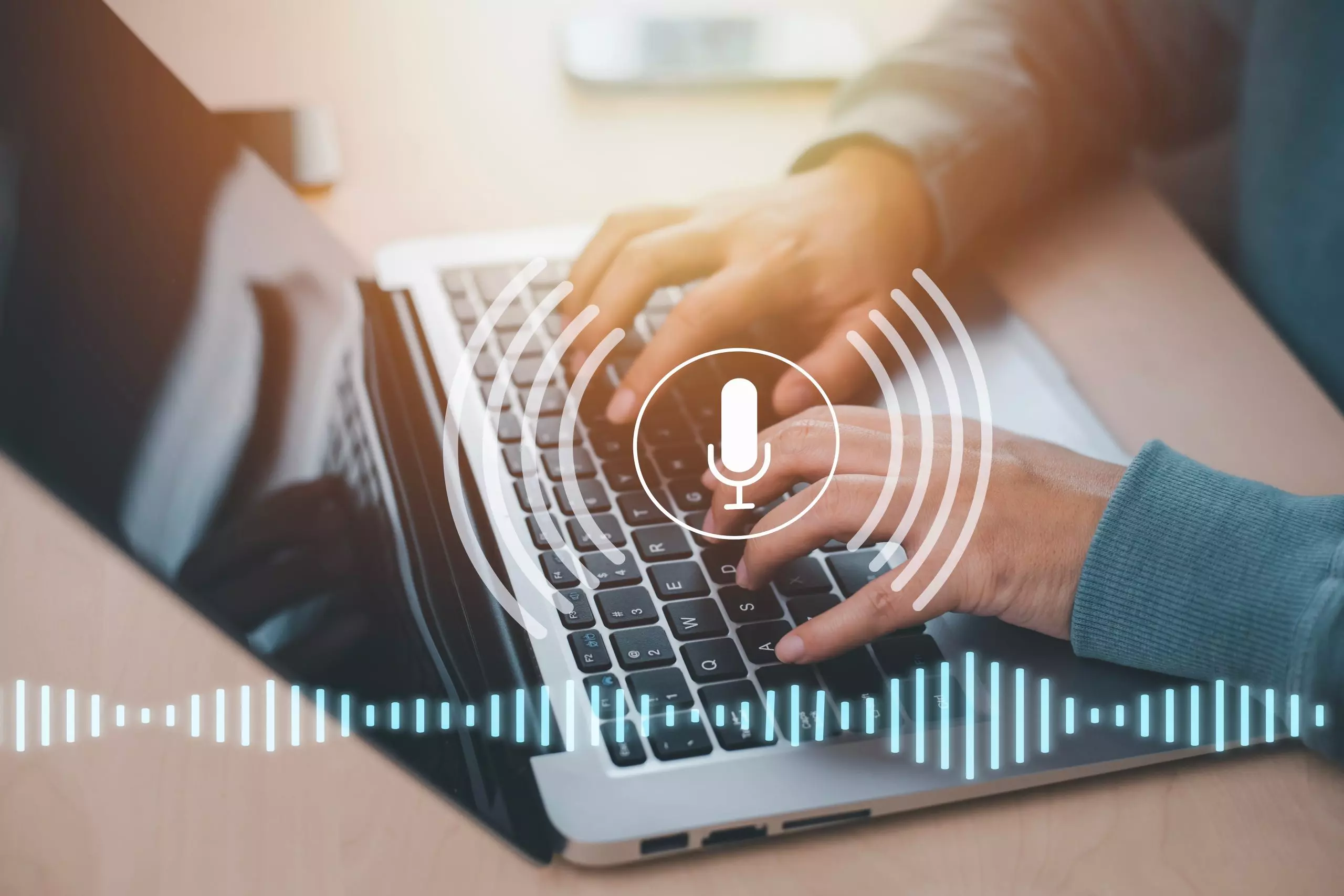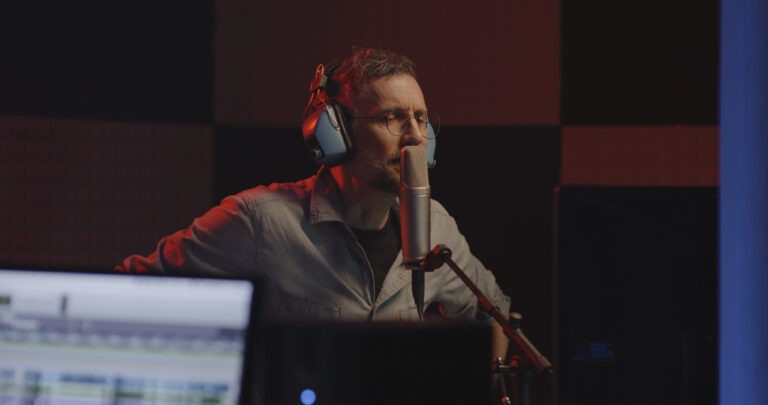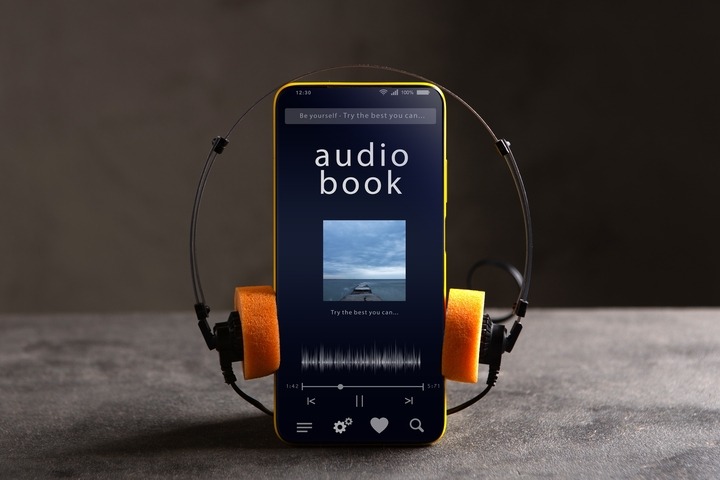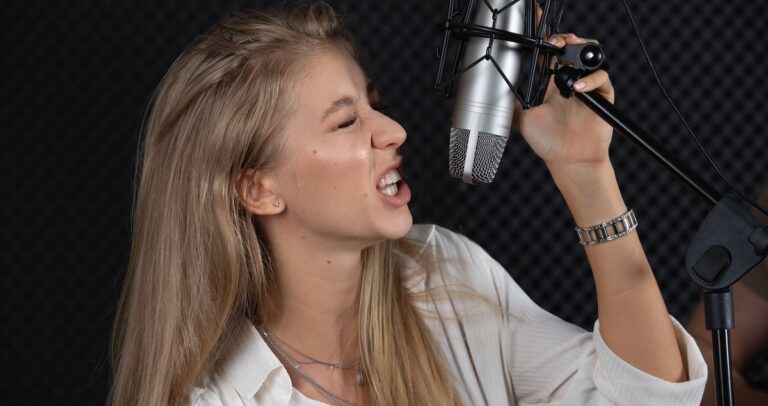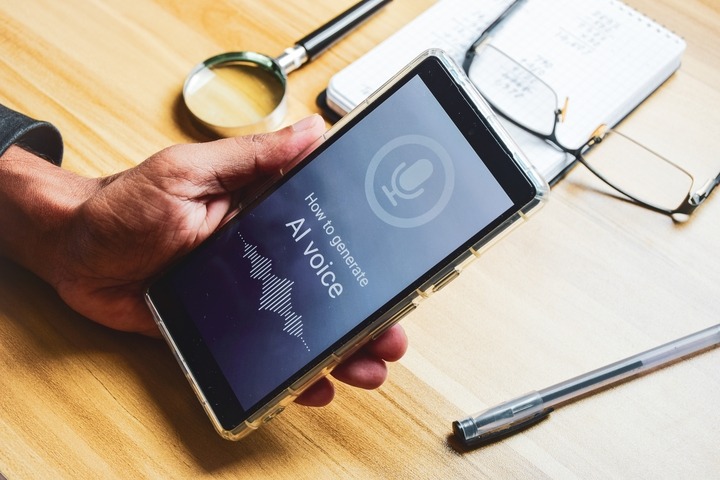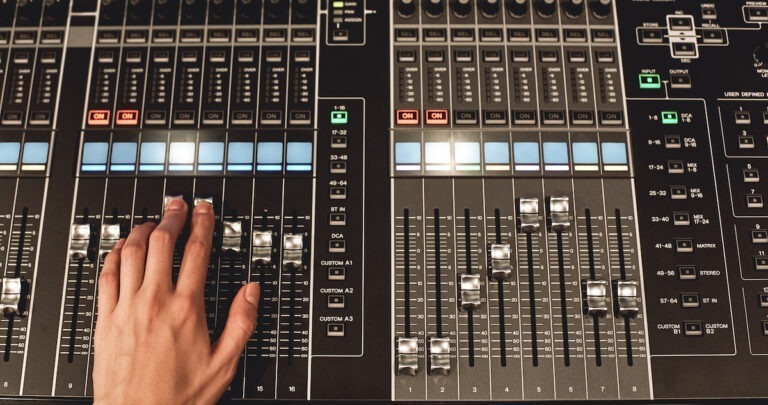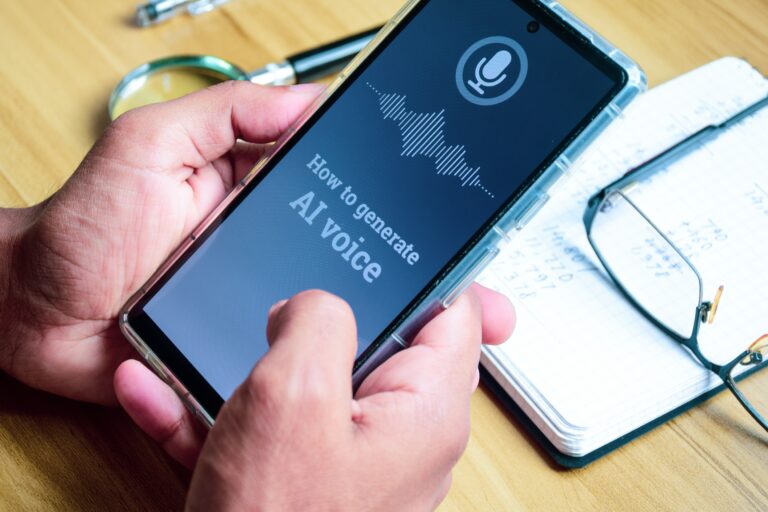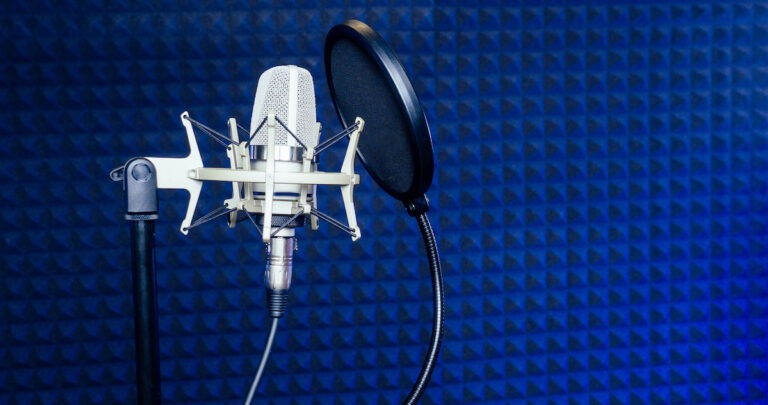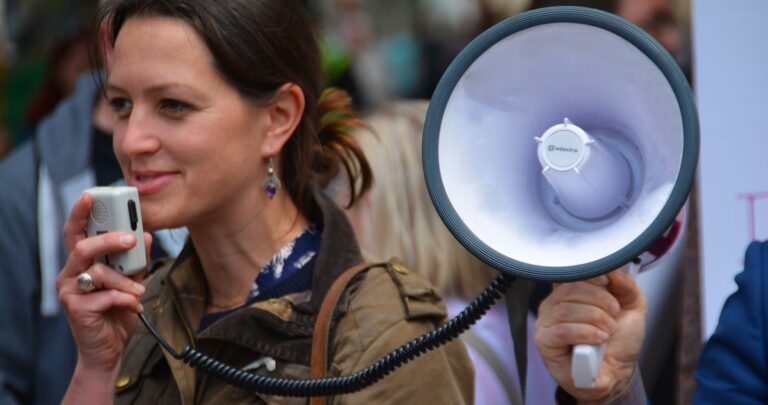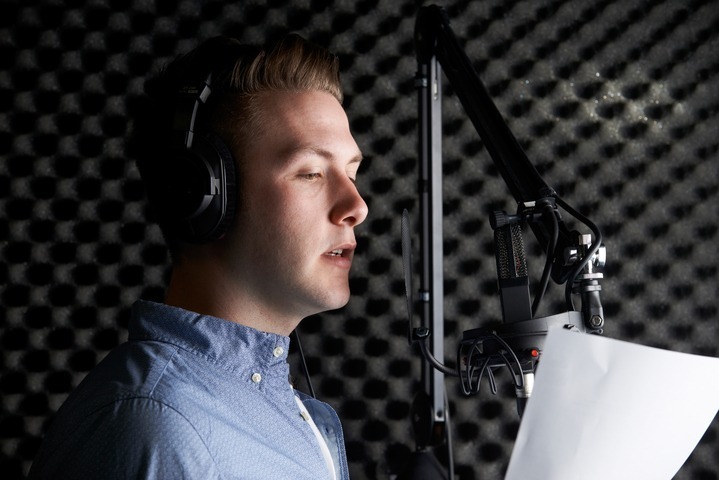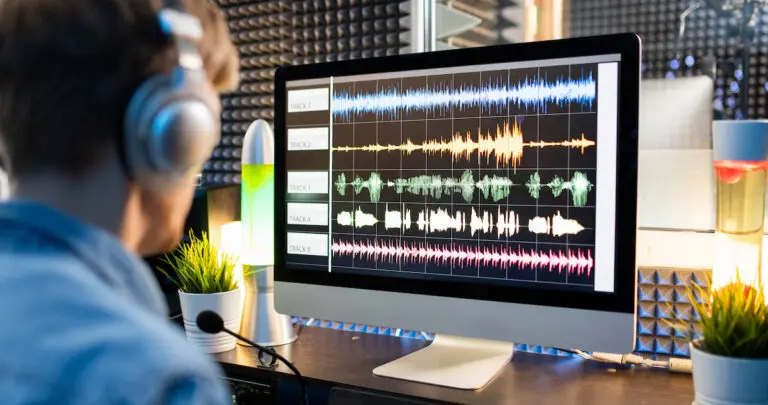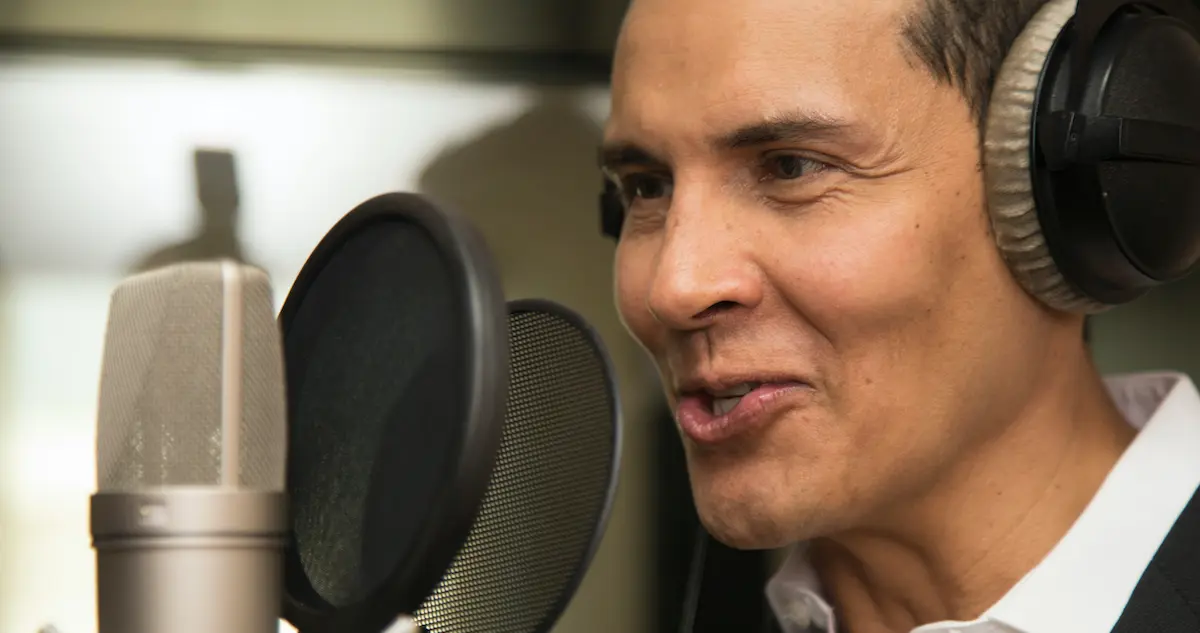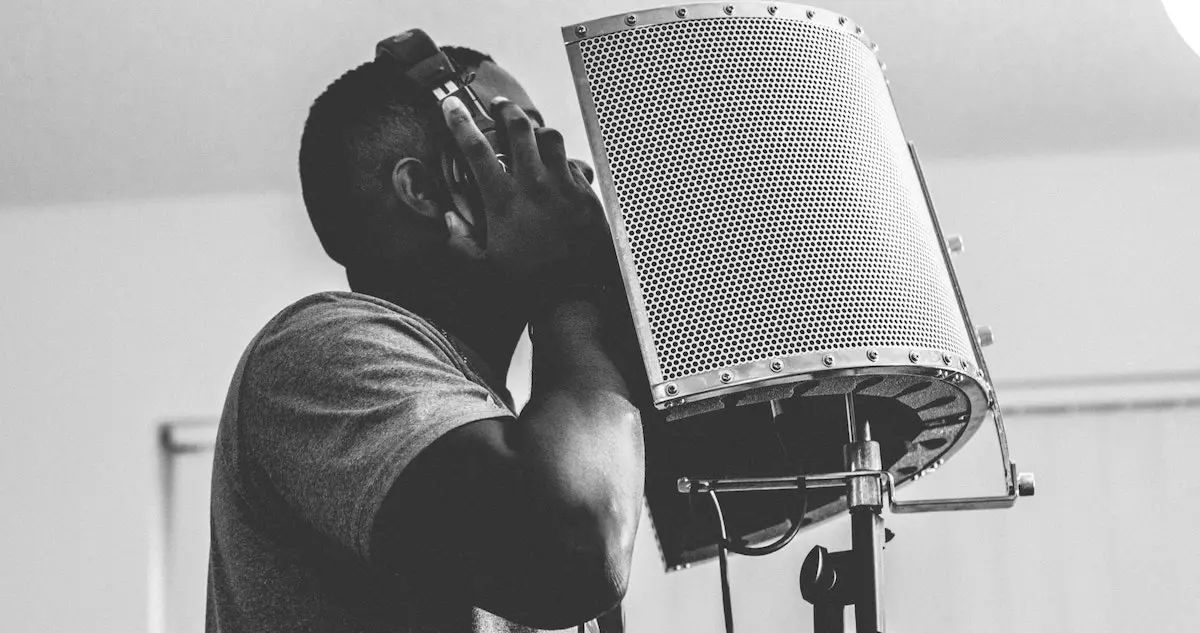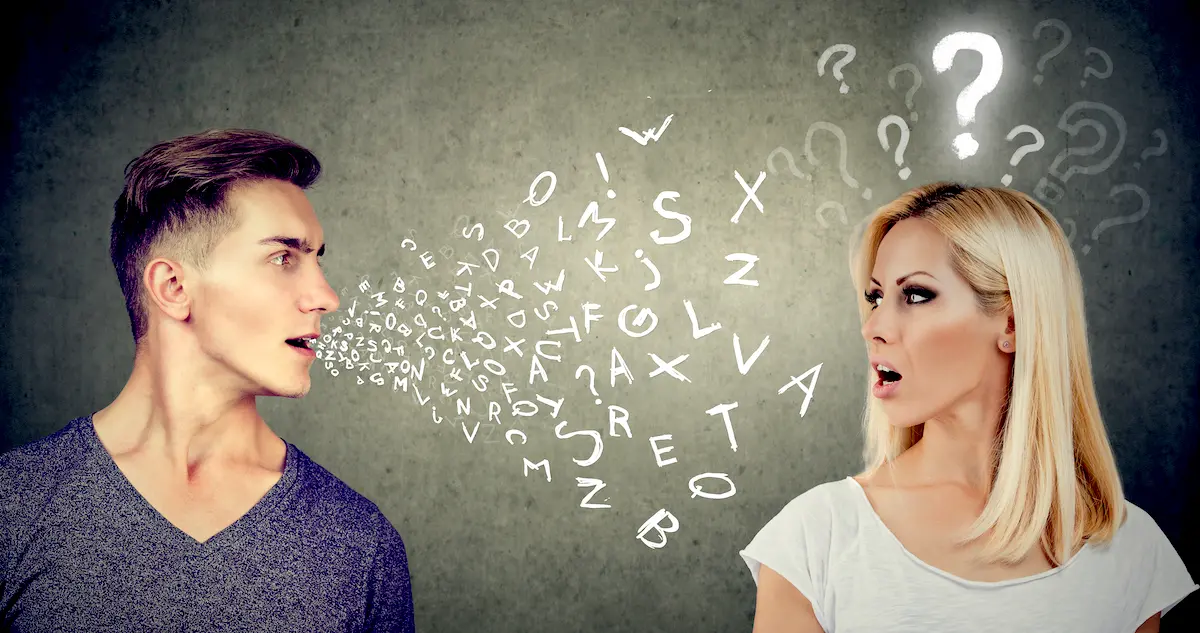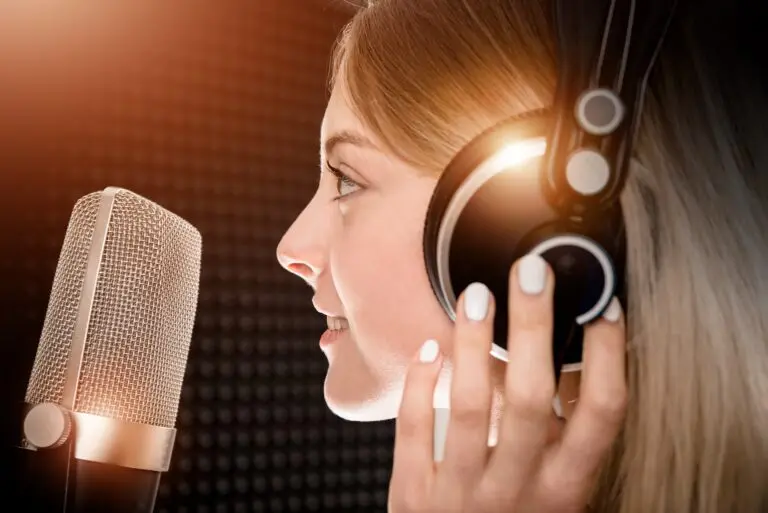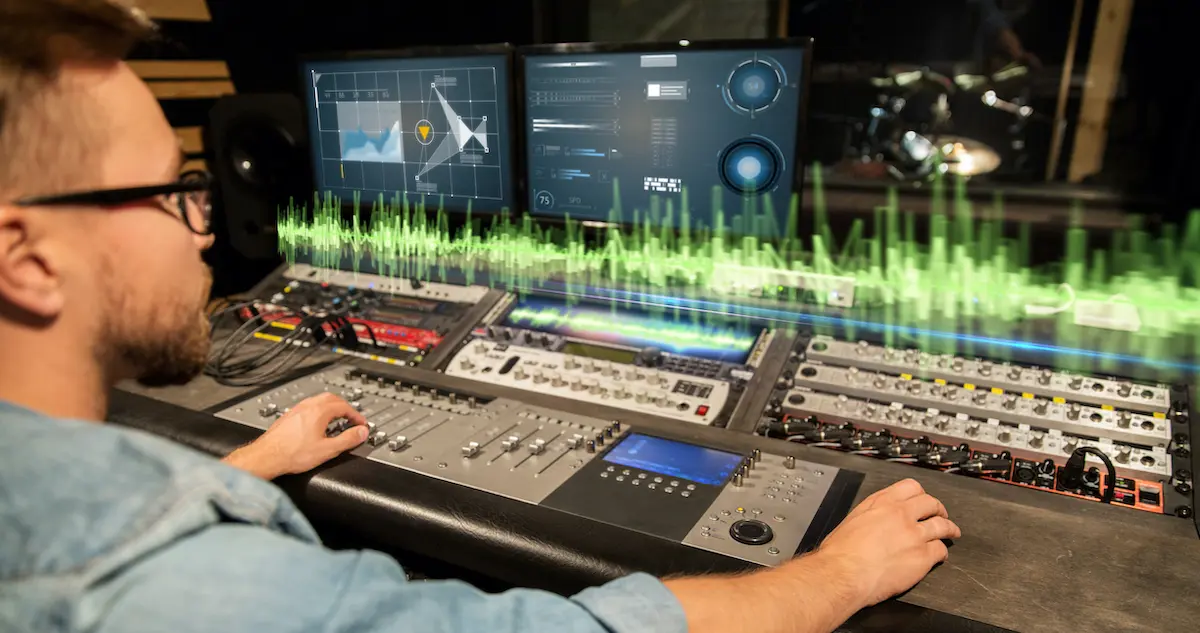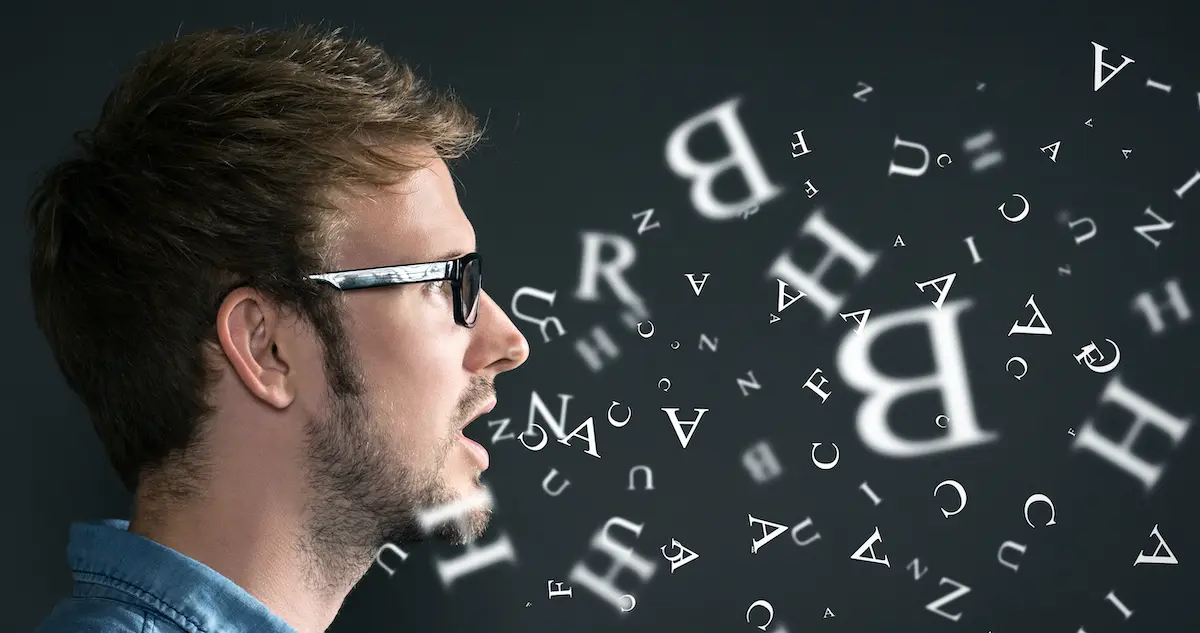Speech patterns are the magic of how we communicate. Every sound, word, and sentence tells captivating stories with unique vocal rhythms. But knowing what are speech patterns isn’t limited to linguists or psychologists. Knowing the ins and outs of speech inflection influences your voice over projects, from animated character voices to documentary narration,
At Voice123 – where you’ll find professional voice actors – we understand the innovation behind speech patterns in audio and video. So, here we’ll explore different speech patterns examples, types of speech patterns, and more about speech inflection.
Get ready to take your projects from rhyme to rhythm!
What are speech patterns?
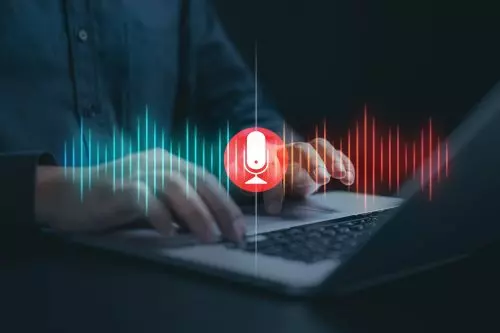
Speech patterns are the vocal mannerisms and traits of how someone speaks, including their vocal rhythm, pace, intonation, and pausing. These speech pattern examples are influenced by cultural background, education, and personal experiences, so they reveal details about a person’s native language and the region that influenced their upbringing. Understanding types of speech patterns is essential in fields like linguistics, psychology, and speech therapy because they provide insights into a person’s cognitive processes, emotional state, and social identity. However, in voice overs, these patterns identify different situations or character emotions. A rapid speech pattern could suggest excitement or anxiety, while a monotone speech inflection hints at a bored or detached character.
Types of speech patterns
1. Intonation
This speech pattern uses pitch variation for specific meanings and emotions. A tonal language like Mandarin Chinese has different tones for different words. Tāng with a high tone means ‘soup,’ but táng with a rising tone means ‘sugar.’ In English, rising intonation changes a statement into a question, “You’re coming with us?’
2. Stress speech patterns
These emphasize syllables or words that change pronunciation and meaning. English is stress-timed, making syllables longer, like HEL-lo, HOW are YOU?, but Spanish is syllable-timed with equal syllable sounds, like Ho-la, ¿có-mo es-tás? Speech patterns examples include ‘REcord’ (noun) vs. ‘reCORD’ (verb), changing the pronunciation and meaning.
3. Tempo
Tempo is speech speed that influences relationships and emotional delivery. Italian culture has a rapid tempo, reflecting the language’s lively social interaction with gestures and facial expressions. So, increasing tempo can draw out escalating emotions during a heated argument while slowing it creates deliberate reasoning.
4. Pitch range
This span between the highest and lowest pitch ranges allows for expressive communication. While Japanese is not typically a tonal language, its pitch accents affect its meaning, like ‘Hashi’ (はし) with a high-low pitch accent, which means ‘chopsticks,’ but ‘Hashi (はし) with a low-high pitch accent means ‘bridge.’
5. Pause speech patterns
Pauses influence comprehension and emphasis. While some languages use frequent pauses for dramatic effect, others minimize pauses for smooth flow. In public speaking, well-timed pauses emphasize punchlines or allow listeners to digest complex information. Politicians or public speakers use them for dramatic speeches.
6. Pronunciation variations
Pronunciation is how sounds are articulated to reflect cultural and social identity. Regional accents and dialects shape different speech patterns. So, words in the same language differ in pronunciation depending on the country. Water in England is pronounced ‘waw-ter,’ but in America, it’s “wah-ter.”
Speech patterns examples
1. Everyday conversations
In conversation, a person with rapid speech indicates excitement or nervousness. During casual chats, friends might describe their weekend plans quickly, showing excitement and anticipation. However, a monotone style lacks tone, suggesting boredom, like someone discussing an uninteresting topic.
2. Public speaking
Politicians and motivational speakers use rhythmic delivery to capture the audience’s attention and make a speech sound more memorable. With varied intonation, public speakers emphasize important points to capture attention. So, slow pitches evoke calm reactions, while raised pitches at the end of sentences signal questions or urgency.
3. Professional voice acting
Voice actors can alter their pitch, pace, and intonation for different character voices. A high-pitched tone works for animated characters, while deep, gravelly voices suit video game characters. In audiobooks, narrative pacing matches a story’s mood—slower during suspenseful moments and faster for action scenes.
Choose the right speech patterns for your voice over project
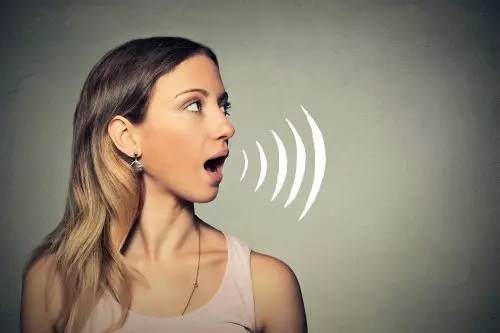
What speech pattern do you need for your next voice over project? A character voice, documentary narration, or maybe a video game hero or villain? Speech inflection creates unique variations in pitch, volume, pace, and emotions behind each style. For a cunning villain like The Lion King’s Scar, Jeremy Irons’ vocal style creates a deep, menacing tone with a slow, calculated pace. Or use a high-pitched, bubbly tone with a fast-paced, upbeat delivery to create a funky animated character voice like Ellen DeGeneres’ vocal style for Dory in Finding Nemo. Understanding different types of speech patterns lets you choose voice actors to deliver authentic, engaging performances that align with your message and target audience. Find your vocal pro on Voice123!
Final Thoughts
Whether you’re aiming for the courageous pace of a Captain America-like hero, the bubbly charm of an animated character like Dory, or the deep, deliberate pace of a Morgan Freeman narration, understanding speech patterns examples allows you to hire a voice perfectly suited to the needs of any project. When you understand what are speech patterns – your voice over projects sound more natural, your characters become more believable, and you can hook your audience from start to finish.
Now that you have a complete speech pattern guide, bring your next project to life with unique speech inflection using the skilled voice over pros on Voice123. Or hire our professional Managed Services to oversee your entire project.
Transform your words into enigmatic stories with Voice123!
FAQs
They are chronological, spatial, topical, problem-solution, cause and effect, and compare and contrast.
Aside from the six basic patterns, the 8 patterns of speech include narrative and exemplification, adding storytelling elements and examples to the traditional formats for more engaging communication.
A human speech pattern is how an individual constructs and delivers speech, influenced by factors like region, education, and social background, encompassing rhythm, pitch, speed, and word choice.
In writing, speech patterns are used to structure information logically and persuasively, including methods like chronological order for narratives or problem-solving for persuasive essays, mirroring oral communication strategies.


